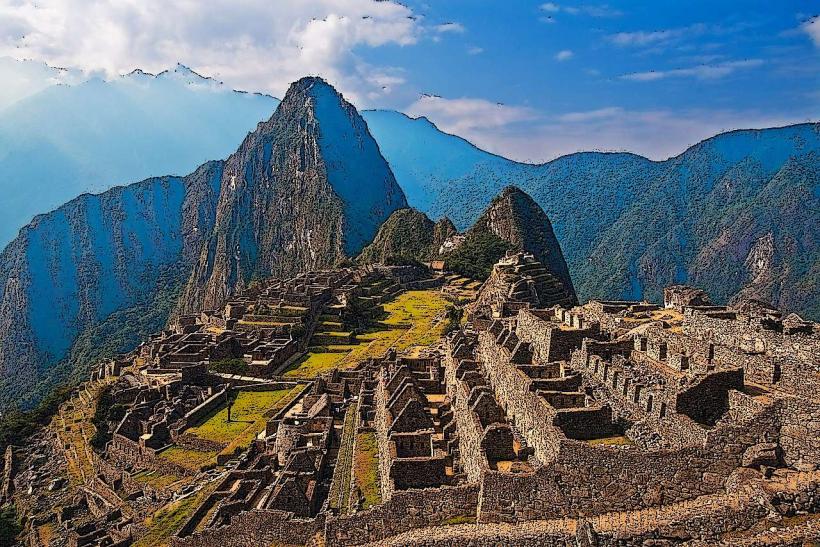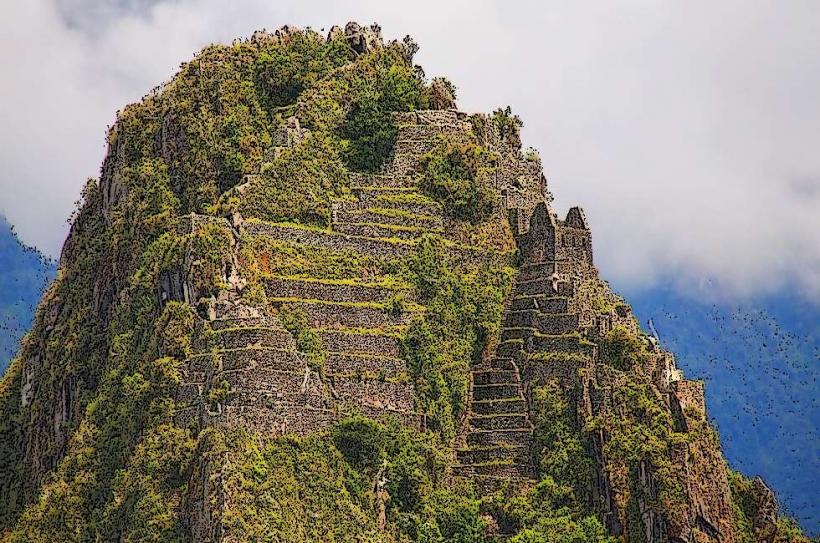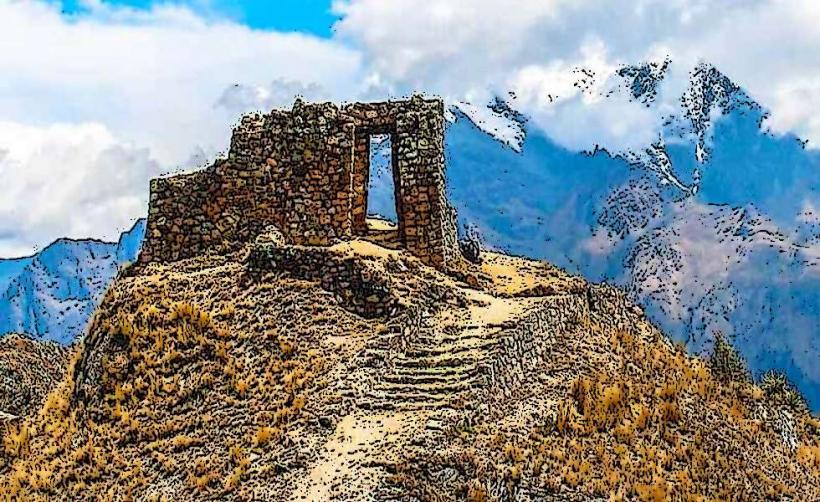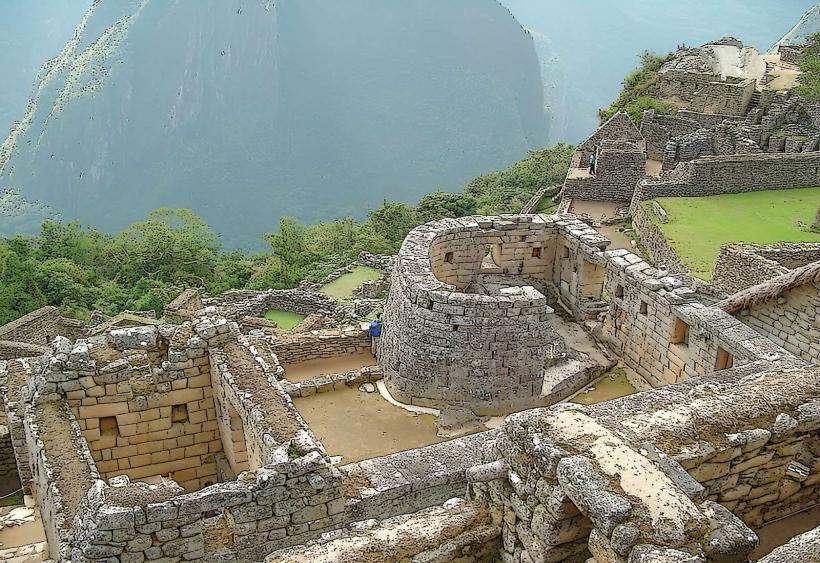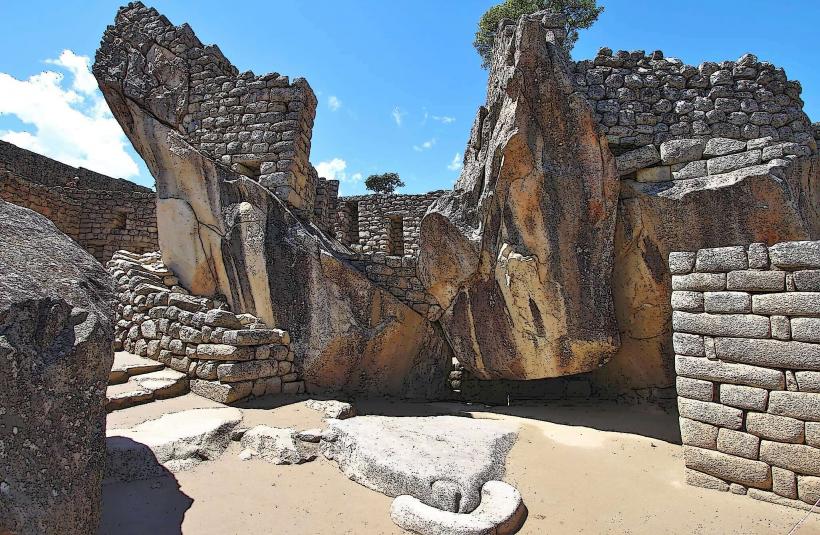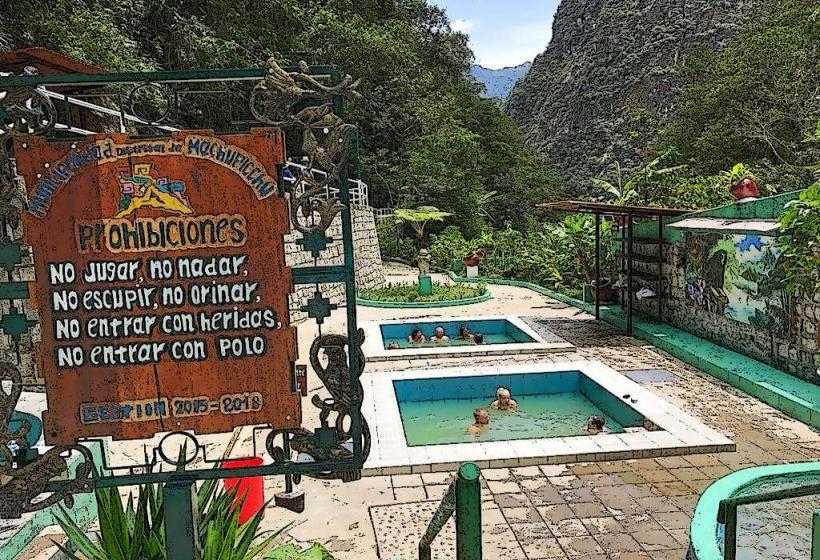Information
Landmark: Machu Picchu MountainCity: Machu Picchu
Country: Peru
Continent: South America
Machu Picchu Mountain (also known as Montaña Machu Picchu) is another significant peak in the region, standing opposite the more famous Huayna Picchu. While less steep and less crowded than Huayna Picchu, it offers equally stunning views and a unique hiking experience.
Key Details about Machu Picchu Mountain
Geographical Overview
- Location: Part of the Machu Picchu archaeological site, within the Peruvian Andes.
- Altitude: 3,082 meters (10,111 feet) above sea level, making it higher than both Machu Picchu ruins (2,430 meters) and Huayna Picchu (2,720 meters).
- Panoramic Views: From the summit, visitors are rewarded with breathtaking vistas of the ancient city, the Urubamba River, surrounding valleys, and the lush mountains of the Sacred Valley.
Hiking Machu Picchu Mountain
Trail Highlights
Length and Difficulty:
- The trail is longer and less steep than Huayna Picchu but is considered moderately challenging due to the high altitude and continuous ascent.
- The round trip typically takes 3 to 4 hours.
Path Details:
- The trail consists of stone steps and pathways, built by the Incas, winding through lush vegetation and offering stunning views as you ascend.
- Unlike Huayna Picchu, the paths are wider, making it less intimidating for those with a fear of heights.
Summit Experience:
- The summit provides expansive, bird's-eye views of the Machu Picchu ruins, often framed by clouds in the early morning.
- The sweeping perspective highlights the scale and beauty of the Inca city and its surrounding natural environment.
Tickets and Access
Limited Visitors:
- Entrance to Machu Picchu Mountain is restricted and requires purchasing a specific ticket in advance. Daily capacity is limited to maintain preservation and manage the number of hikers.
Schedule:
- Entry to the trail is typically allowed in two shifts: early morning (7:00 AM–8:00 AM) and late morning (9:00 AM–10:00 AM).
- Tickets can be combined with general access to Machu Picchu or bought separately, depending on the itinerary.
Cost:
- Tickets for Machu Picchu Mountain are generally less expensive than those for Huayna Picchu.
Why Choose Machu Picchu Mountain?
For the Views:
- While Huayna Picchu offers dramatic, close-up views, Machu Picchu Mountain provides a wider, more encompassing panorama, ideal for photography.
Less Crowded:
- The trail to Machu Picchu Mountain is less congested than Huayna Picchu, providing a more peaceful hiking experience.
For the Challenge:
- With its higher altitude, the climb offers a satisfying challenge for avid hikers seeking to conquer one of the Andes’ majestic peaks.
Safer Trails:
- The wider paths and fewer exposed sections make it a better option for those uneasy with narrow or steep trails.
Flora, Fauna, and Scenery
Biodiversity:
- The hike takes you through cloud forest vegetation, where you may spot orchids, bromeliads, and mosses thriving in the mountain's humid environment.
- Wildlife includes birds such as hummingbirds and Andean condors, with occasional sightings of spectacled bears.
Landscape:
- The trail provides ever-changing perspectives of the Sacred Valley, the winding Urubamba River, and the dense greenery that surrounds Machu Picchu.
Travel Tips
Best Time to Visit:
- Dry Season: May to September is the ideal time for clear skies and stable trails.
- Rainy Season: From November to April, expect cloud cover, rain, and slippery paths. However, the landscape is lush and vibrant.
Preparation:
- Acclimatize in Cusco or Aguas Calientes to minimize the effects of altitude sickness.
- Bring water, snacks, sunscreen, insect repellent, and a rain poncho, regardless of the season.
Safety:
- While the trails are safer than Huayna Picchu, proper footwear and caution are necessary due to uneven steps and high altitude.
Cultural and Spiritual Connection
For the Incas, Machu Picchu Mountain was likely another sacred "apus," or spirit mountain, acting as a guardian of the site. Climbing it today offers not only a physical challenge but also a connection to the natural and spiritual heritage of the region.

